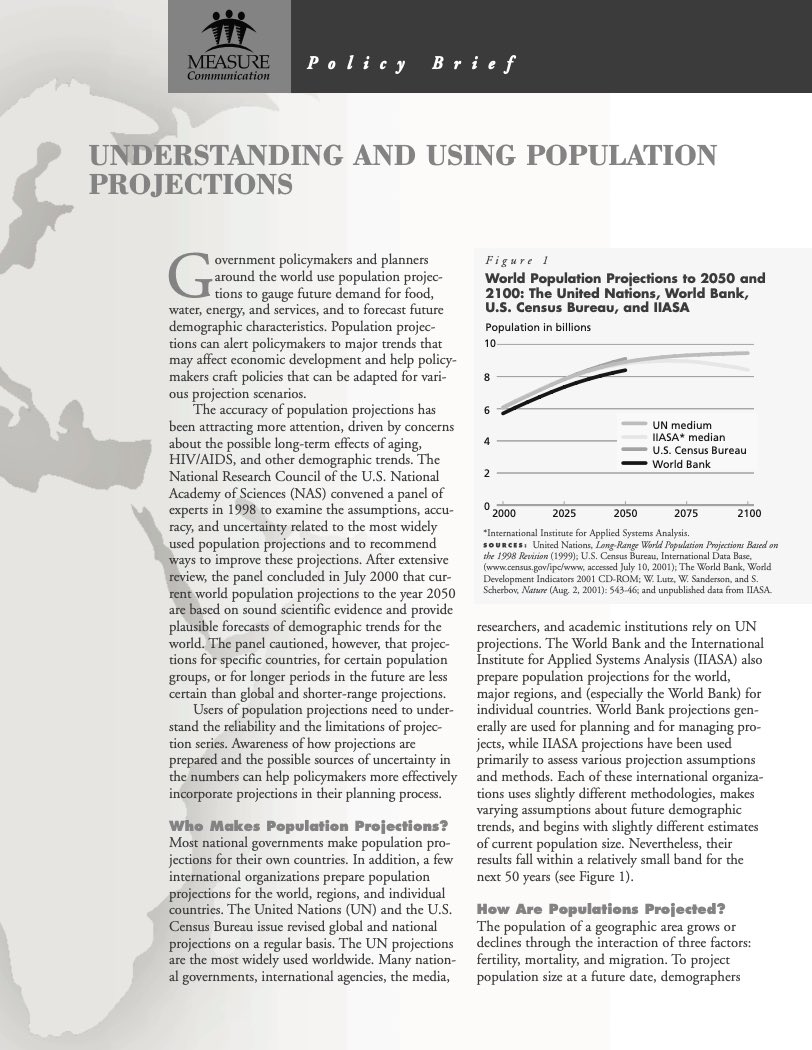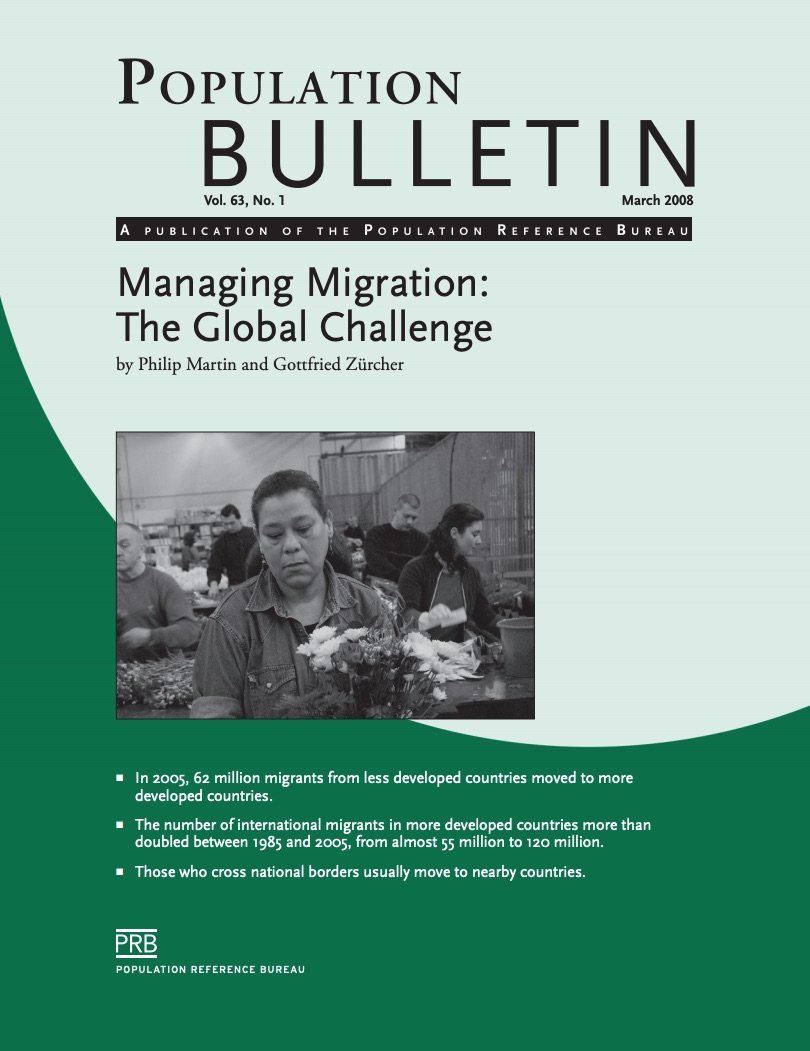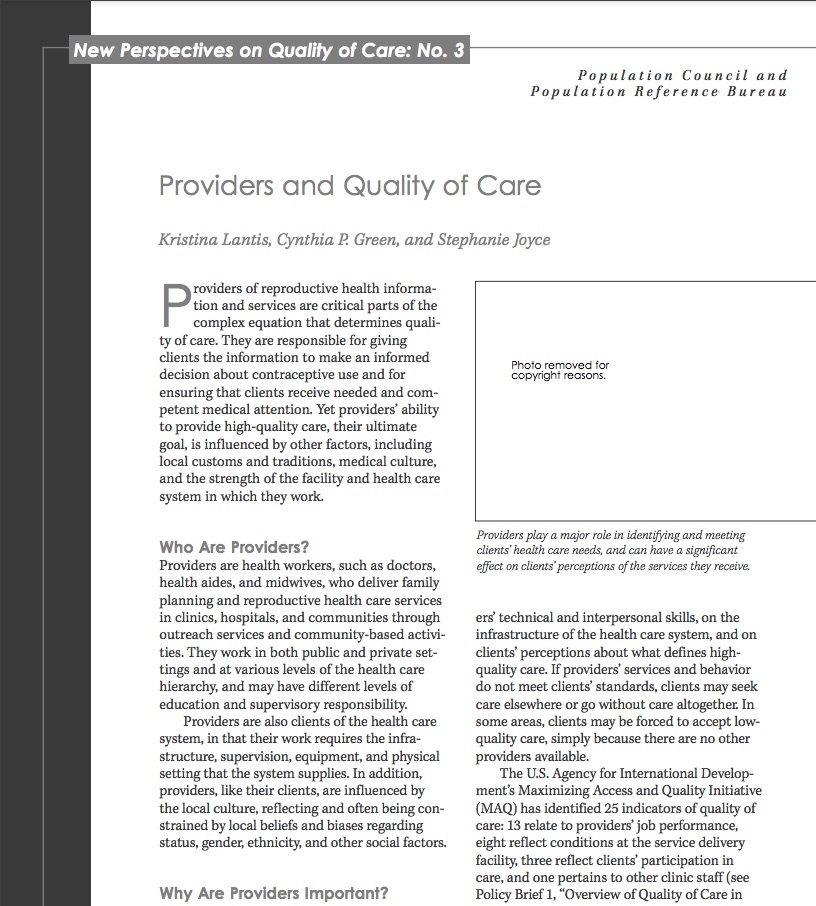Without My Consent — Women and HIV-Related Stigma in India
(2003) Both are voices of women in Delhi, but they could be from anywhere in this country of 1 billion people.
(2003) Both are voices of women in Delhi, but they could be from anywhere in this country of 1 billion people.

Government policymakers and planners around the world use population projections to gauge future demand for food, water, energy, and services, and to forecast future demographic characteristics.

(March 2008) The number of international migrants is at an all-time high. There were 191 million migrants in 2005, which means that 3 percent of the world's people left their country of birth or citizenship for a year or more.
(2010) will mark the sixth anniversary of the earthquake that spawned a tsunami on the coastlines of countries bordering the Indian Ocean.
(2008) Encouraging progress against malaria was made in the Americas and some parts of Asia in the last century, but the first global campaign to stop malaria didn't succeed.

(2002) Providers of reproductive health information and services are critical parts of the complex equation that determines quality of care. They are responsible for giving clients the information to make an informed decision about contraceptive use and for ensuring that clients receive needed and competent medical attention.
The integrated population-health-environment (PHE) approach to development recognizes the interconnectedness between people and their environment and supports cross-sectoral collaboration and coordination.